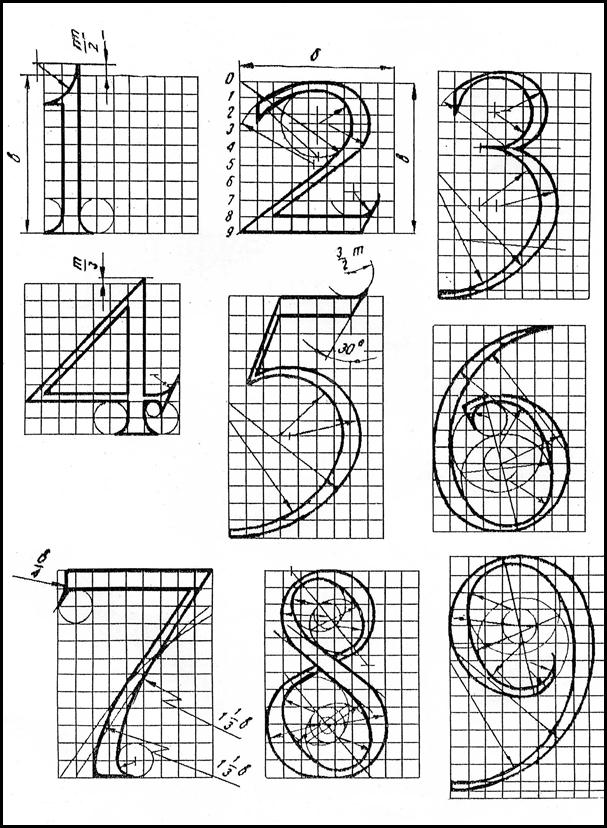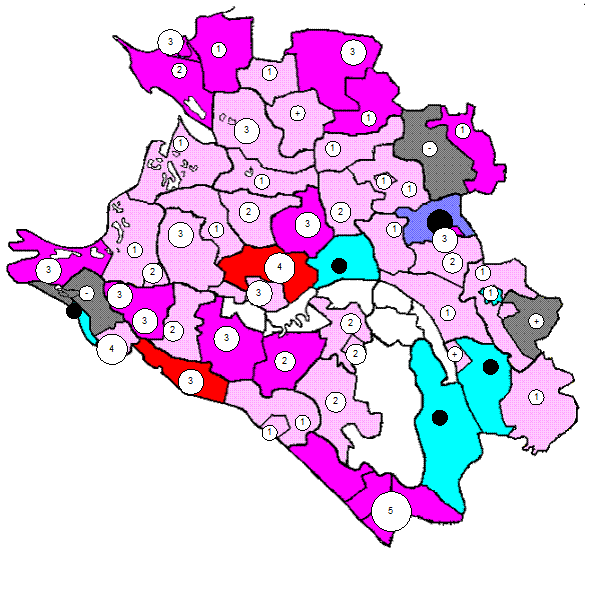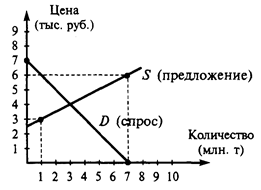Environment
Task 2. Continue the following list writing as many kinds of environment as you can. e.g. social environment, family environment,... Task 3. Read the following definitions of natural environment and write your own one. 1) The natural environment encompasses all living and non-living things occurring naturally on Earth or some region thereof. It is an environment that encompasses the interaction of all living species. (Taken from: http://en.wikipedia.org/wiki/Natural_environment) 2) The environment is the natural world in which people, animals and plants live. (Taken from: http://oald8.oxfordlearnersdictionaries.com/dictionary/environment) 3) The environment is the air, water and land in or on which people, animals and plants live. (Taken from: http://dictionary.cambridge.org/dictionary/british/environment_1?q=environment) 4) The natural environment is the complex of physical, chemical, and biotic factors (as climate, soil, and living things) that act upon an organism or an ecological community and ultimately determine its form and survival. (Taken from: http://www.merriam-webster.com/dictionary/environment) Task 4. Read the following text anddecidewhether the statements after it are true (T) or false (F): Natural environment, in broad sense, means all living and non-living things that are natural on the Earth. The concept of the natural environment can be distinguished by the following components:
In a narrow sense, it is an environment that is not influenced by human. The natural environment is contrasted with the built environment which sometimes is referred to as cultural landscape, which comprises the areas and components that are strongly influenced by humans. A geographical area is regarded as a natural environment. It is difficult to find absolutely natural environments, nearly all of them have been directly or indirectly influenced by humans at some point in time. In order to address this concern, some level of human influence is thus allowable without the status of any particular landscape ceasing to be "natural." Many natural environments are the product of the interaction between nature and humans. For this reason, the term ecosystem has been used to describe an environment that contains nature, and includes people. Therefore, environmental problems are human or social problems. Some also consider it dangerously misleading to regard "environment" as separate from "people." The etymology of the term ‘natural environment’ can be simply traced. 'Natural' can be described as something that occurs naturally, or on its own accord, on the Earth. 'Environment' can be described as the surroundings of an object. Natural environment is often used as a synonym for habitat, which means ecological or environmental area that is inhabited by a particular species of animal, plant, or other type of organism. It is the natural environment in which an organism lives, or the physical environment that surrounds (influences and is utilized by) a species population. For instance, the natural environment of giraffes is the savannah. (Based on the materials from http://en.wikipedia.org/wiki/Natural_environment and http://en.wikipedia.org/wiki/Habitat) 1. Natural environment means all living and non-living things with cultural landscape. 2. The constituent components of natural environment are natural systems without people’s interference. 3. Natural environment also includes natural resources, natural phenomena and built environment. 4. Built environment in other words is cultural landscape. 5. Geographical area comprises components that are strongly influenced by humans. 6. The term ‘ecosystem’ involves phenomena like air, water, and climate, as well as energy, radiation, electric charge, and magnetism, not originating from human activity. 7. Habitat is the built environment of animal, plants and other species. 8. Physical environment influences and is utilized by a species population. Find the synonyms for the following words in the text: 1. encroachment 2. flora 3. happen 4. borders 5. be short of 6. definite 7. finishing 8. to view 9. origin 10. discovered 11. harmony 12. used Task 4. With a partner, try to explain the terms in the diagram below.
Why are the words divided into two groups – those in squares and those in oval shapes?
|




